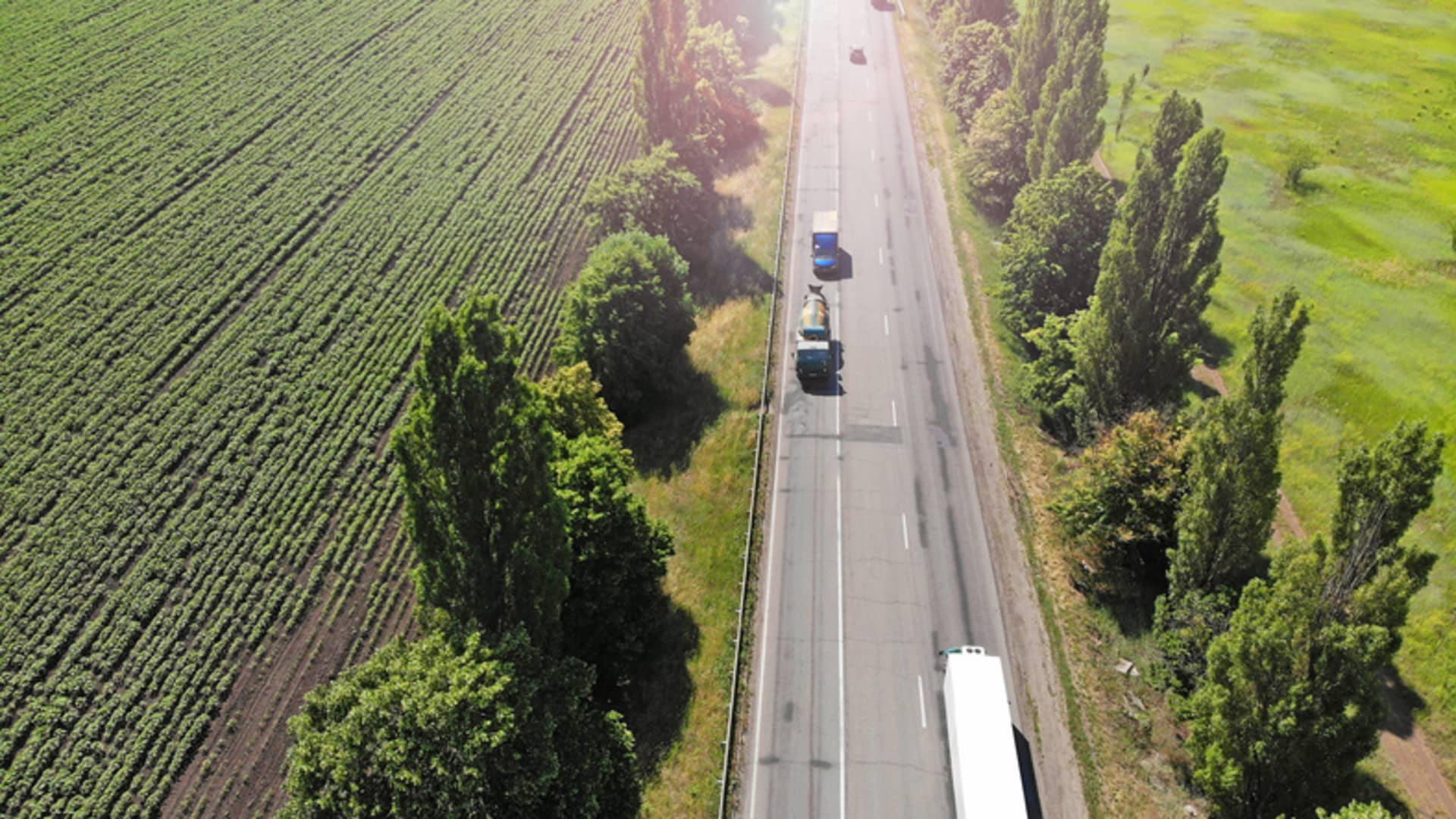Products You May Like
As the summer driving season nears, gasoline prices show no signs of slowing down.
The national average for unleaded gas hit a new high of $4.59 per gallon Thursday, according to AAA. For the first time ever, the average price was $4 per gallon or above in all 50 states this week, AAA data shows. Last year at this time, the price was $3.04 per gallon.
Soaring prices for crude oil are largely to blame, the automotive group said. “The high cost of oil, the key ingredient in gasoline, is driving these high pump prices for consumers,” Andrew Gross, a spokesperson for AAA, said in a statement.
Heading into the summer driving season, which kicks off on Memorial Day weekend, higher prices may prompt travelers to take fewer trips and go shorter distances.
“Against a backdrop of gas prices that have continued to set new records ahead of Memorial Day, Americans have been resilient in their desire to hit the road, but we’re certainly seeing increased hesitancy due to rising prices at the pump,” said Patrick De Haan, head of petroleum analysis at GasBuddy.
More from Personal Finance:
Inflation may prompt people to change their summer plans
What to do if inflation has you worried about retirement
Where consumers plan to cut back if prices keep going up
GasBuddy expects the average price from Memorial Day to Labor Day to be $4.40 per gallon nationally, although amid global uncertainty, there are significant events that could raise or lower the forecast.
Some gasoline experts see prices rising to $5 or more per gallon, and JPMorgan analysts are even forecasting a national average of $6.20 per gallon in August.
How to save on gas
If you are still planning to hit the road, there are ways to shield yourself somewhat from soaring prices at the pump. Consumer savings expert Andrea Woroch has these tips:
- Track gas prices. Apps like GasBuddy, Gas Guru and AAA TripTik can track down the cheapest price per gallon between gas prices. Even if the difference doesn’t seem like much, it can still add up to hundreds of dollars a year.
- Pay with cash. The price per gallon can be 10 cents to 15 cents more per gallon for credit card transactions. Pay with cash instead to get the lower price or use a gas rewards credit card to earn cash back on those charges. (CNBC’s Select has a full roundup of the best the best cards for fueling up based on your consumer habits.)
- Drive strategically. Carpooling to and from work and school or sports practice can dramatically reduce your time on the road. You can even find ride shares using sites like ZimRide, RideJoy or eRideShare.com, Woroch advised. Also, order online and look for free delivery to cut the cost of getting groceries, take out and other daily essentials.
- Sign up for loyalty programs. In addition, loyalty programs, which many major gas station chains have, can help offset the price at the pump. Some grocery store chains may also offer cents-per-gallon rewards. For example, Kroger and Shop & Stop give fuel points for every $1 spent on groceries, which can be redeemed at participating gas stations.
